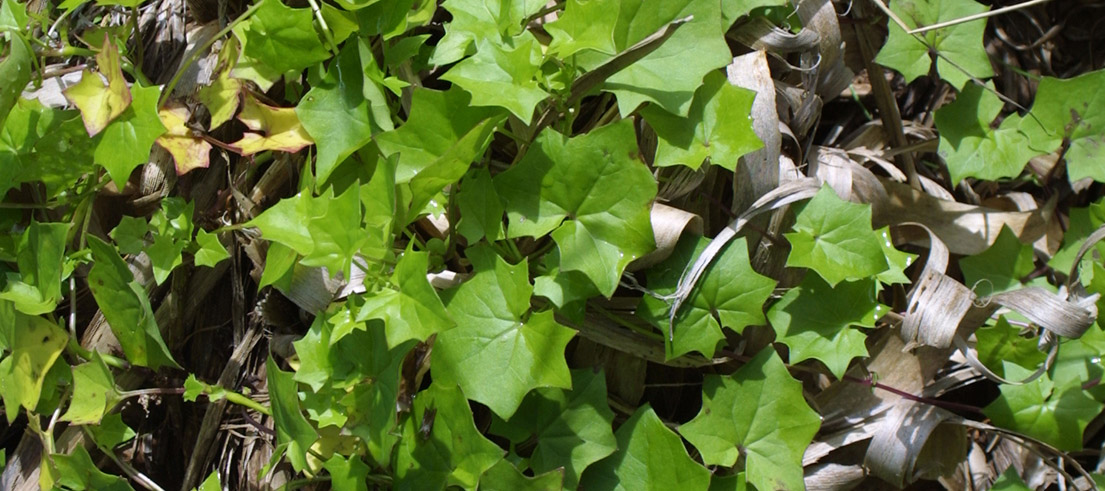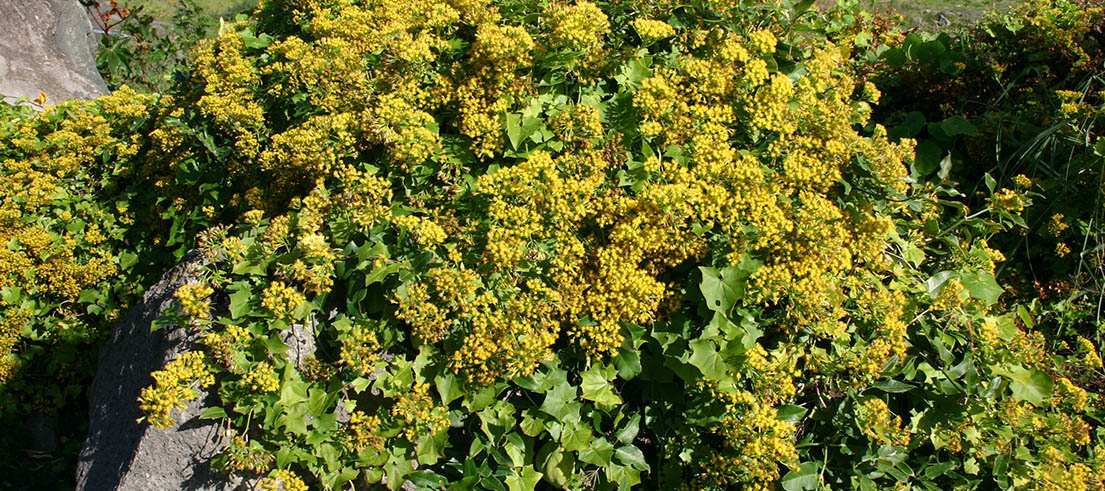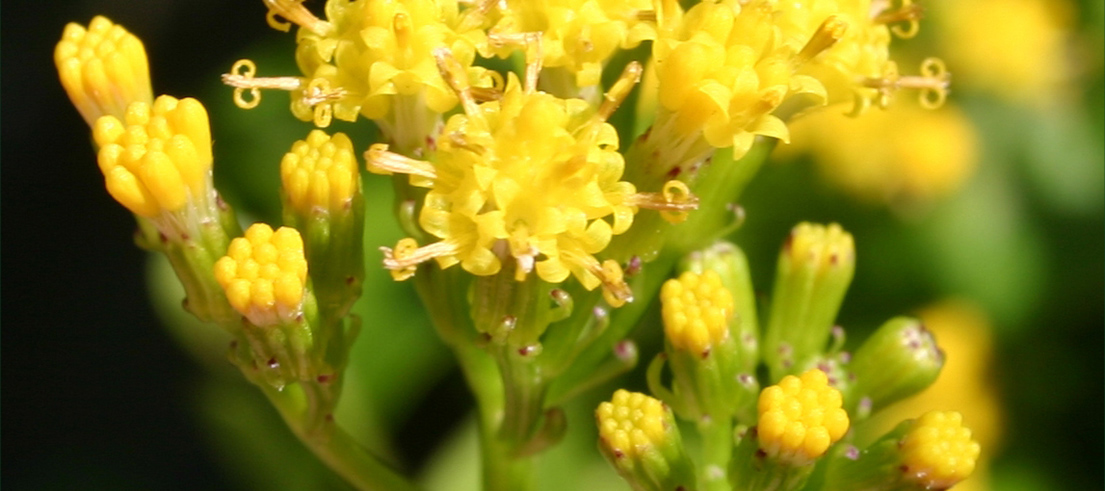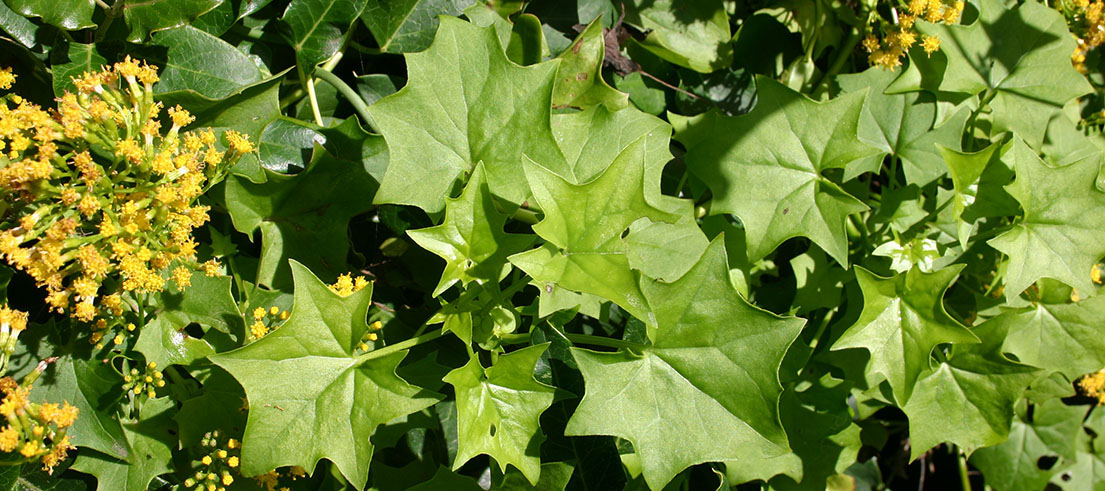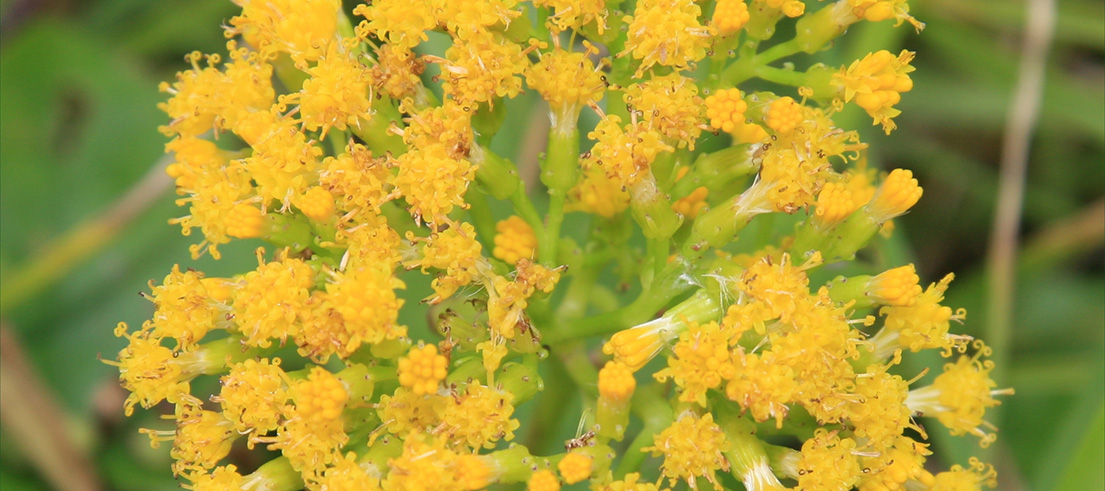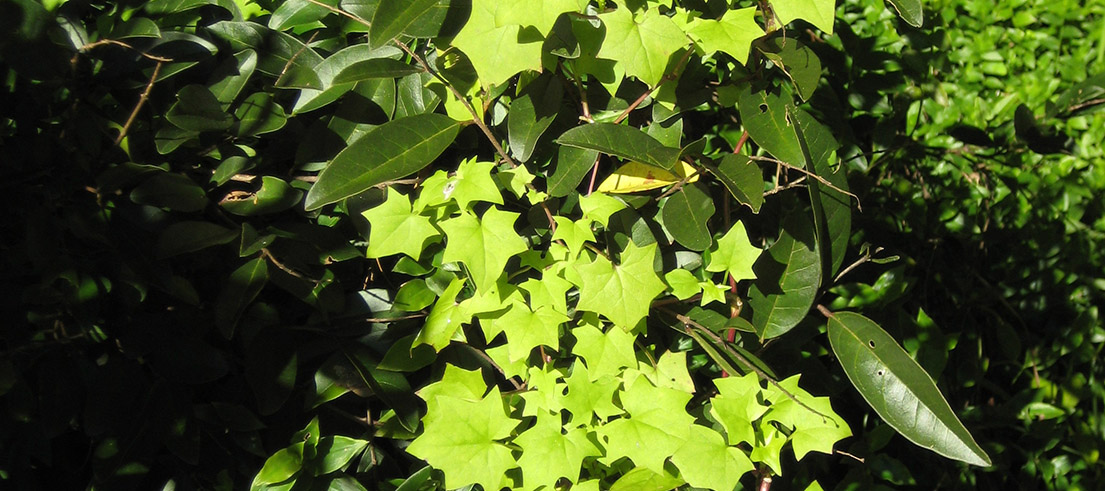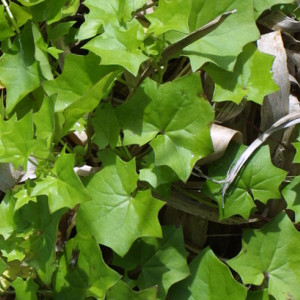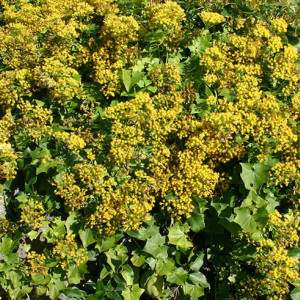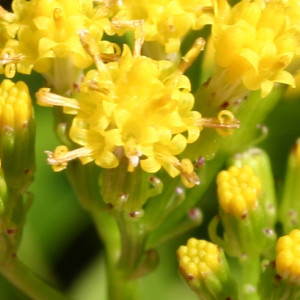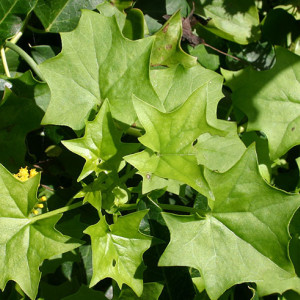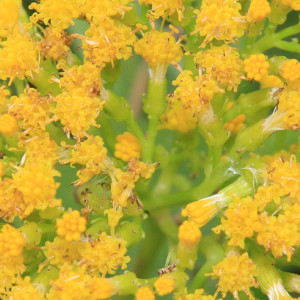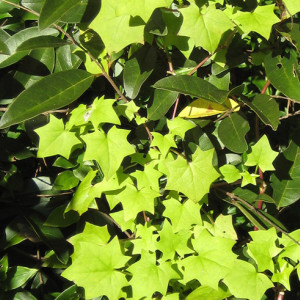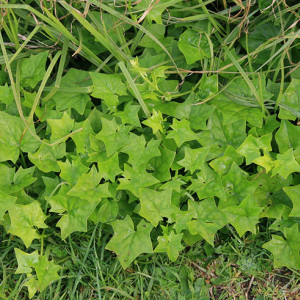German ivy is a scrambling, climbing perennial vine around 5m tall with yellow flowers. It smothers native plants and is also toxic to aquatic animals and terrestrial invertebrates.
Description
- Leaves are soft, hairless and bright green, with small ear-like projections at base of leaf stalks.
- Flowers are yellow and button-like in late autumn to mid-spring.
- Seeds are dispersed by wind. Vegetative spread occurs from stolons (stems on the soil surface that produce roots).
- Human-mediated dispersal occurs through the dumping of garden waste.
- Habitats include roadsides, fences, gardens, near waterways, cliffs, forests, forest margins, wastelands, coastal areas, grasslands, and shrublands.
What you need to know
Smothers other plants, forms dense mats, preventing regeneration of other vegetation. Potential to alter decomposition dynamics and nutrient cycling. German ivy is toxic to aquatic animals and terrestrial invertebrates.
Management approach
Community Led
These organisms have not been legally declared as pests but may be of interest to the public as they occur regularly in the environment. They may be capable of causing adverse effects to the values of Waitaha/Canterbury.
Consider removing this invasive species from your property and consult your local council for appropriate disposal. Consider lower-risk alternatives for your garden, such as native plants.
Control
Site management
Cut and pull vines away from desirable trees and native plants before foliar spraying. Follow up treated areas three times per year. Encourage natural regeneration of native plants or replant treated areas where possible after two to six treatments to establish dense ground cover and minimise reinvasion.
Physical control
Dig or pull plants.
Plant parts requiring disposal: all plant parts.
Contact your local council for appropriate disposal locations.
Chemical control
No qualifications: Cut stump and paste freshly cut base of stems with glyphosate gel or cut stump and spray freshly cut base with 100ml glyphosate per 1L of water.
Certified handler/experienced agrichemical user: Foliar spray with 100ml glyphosate per 10L of water and 20ml penetrant.
Caution: When using any herbicide or pesticide please read the label thoroughly to ensure that all instructions and safety requirements are followed.
Biological control
Biological control is currently not available for this species.


